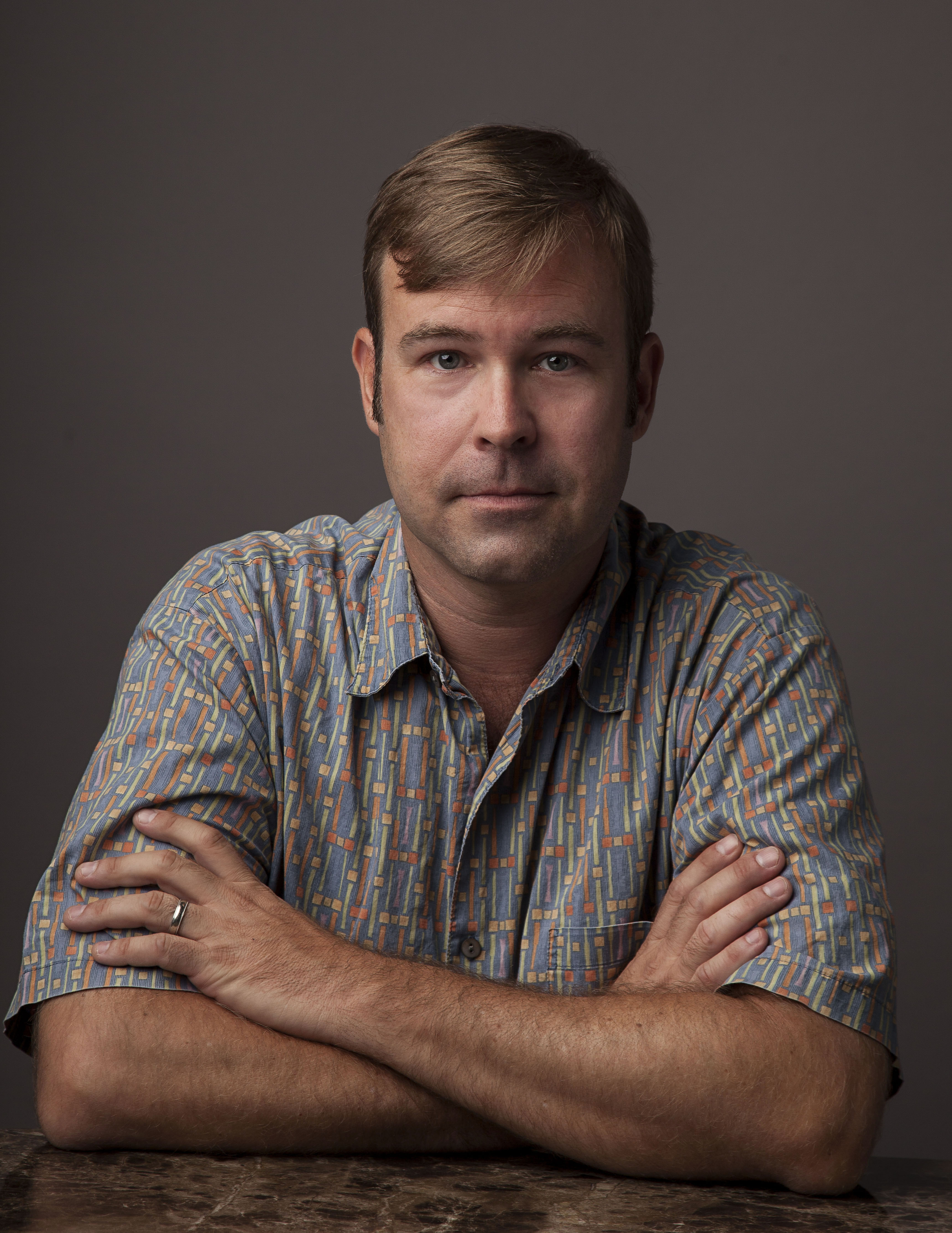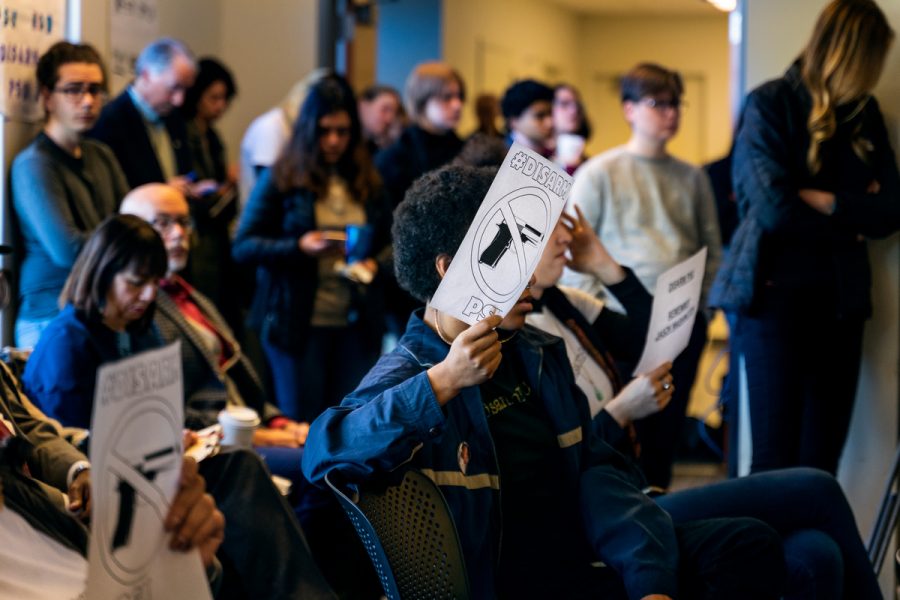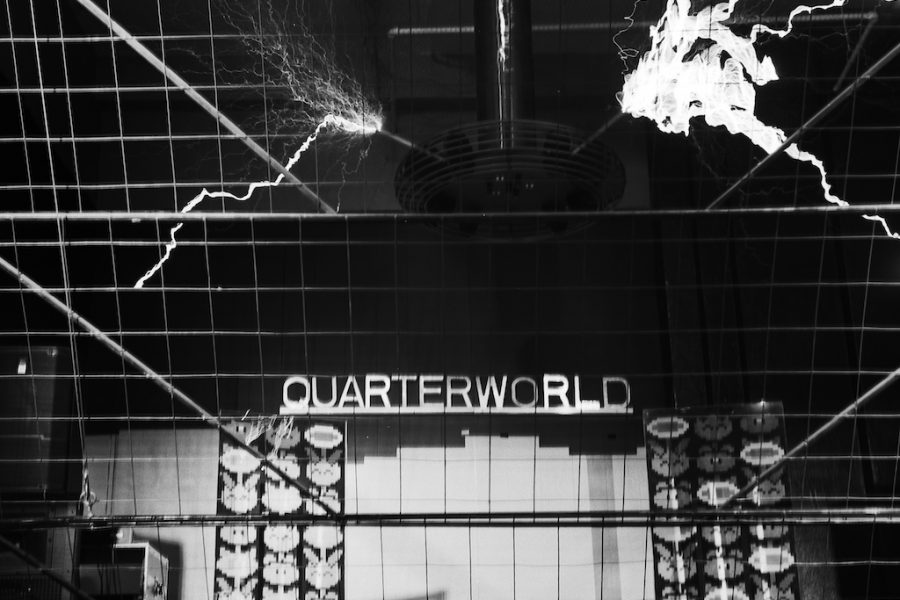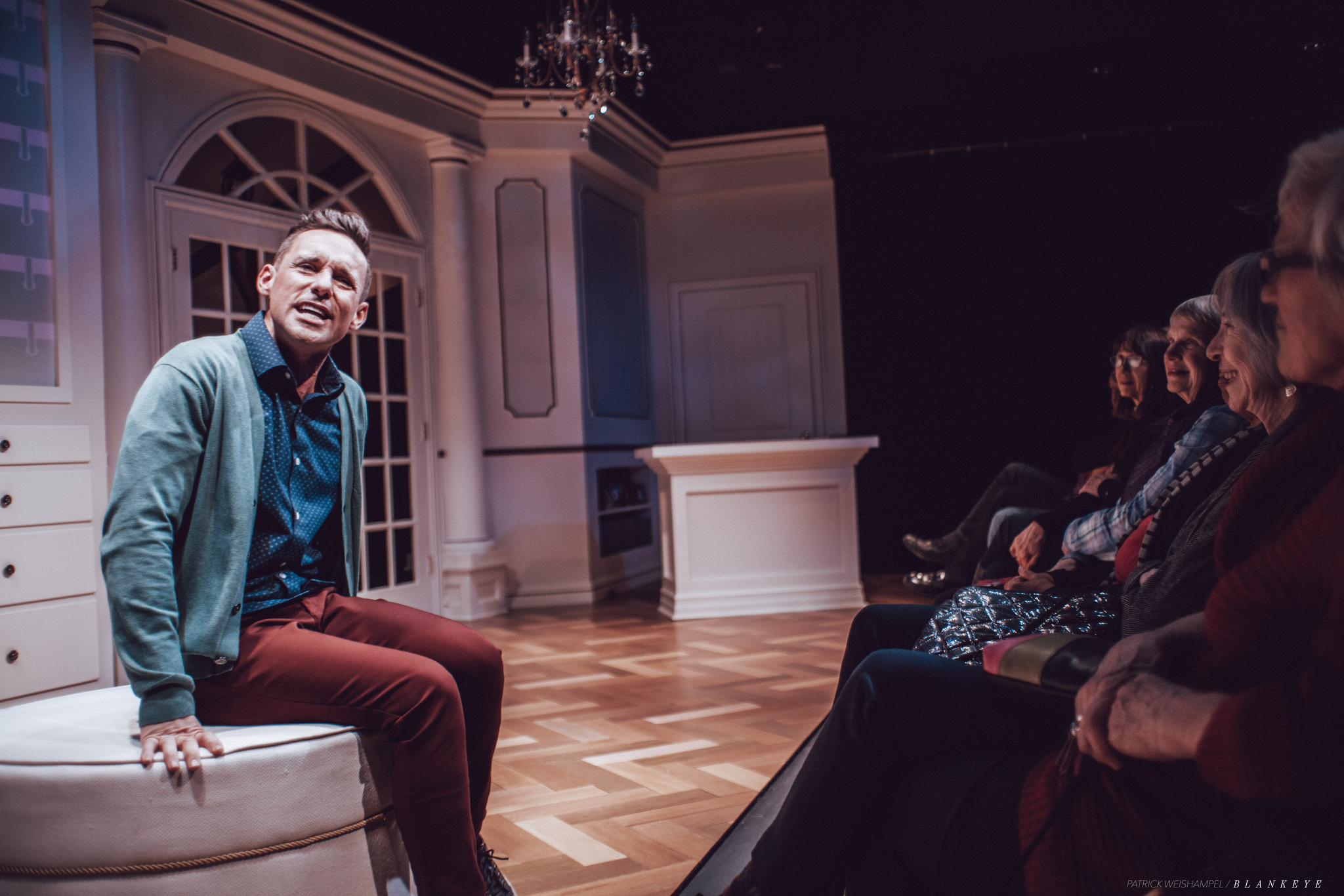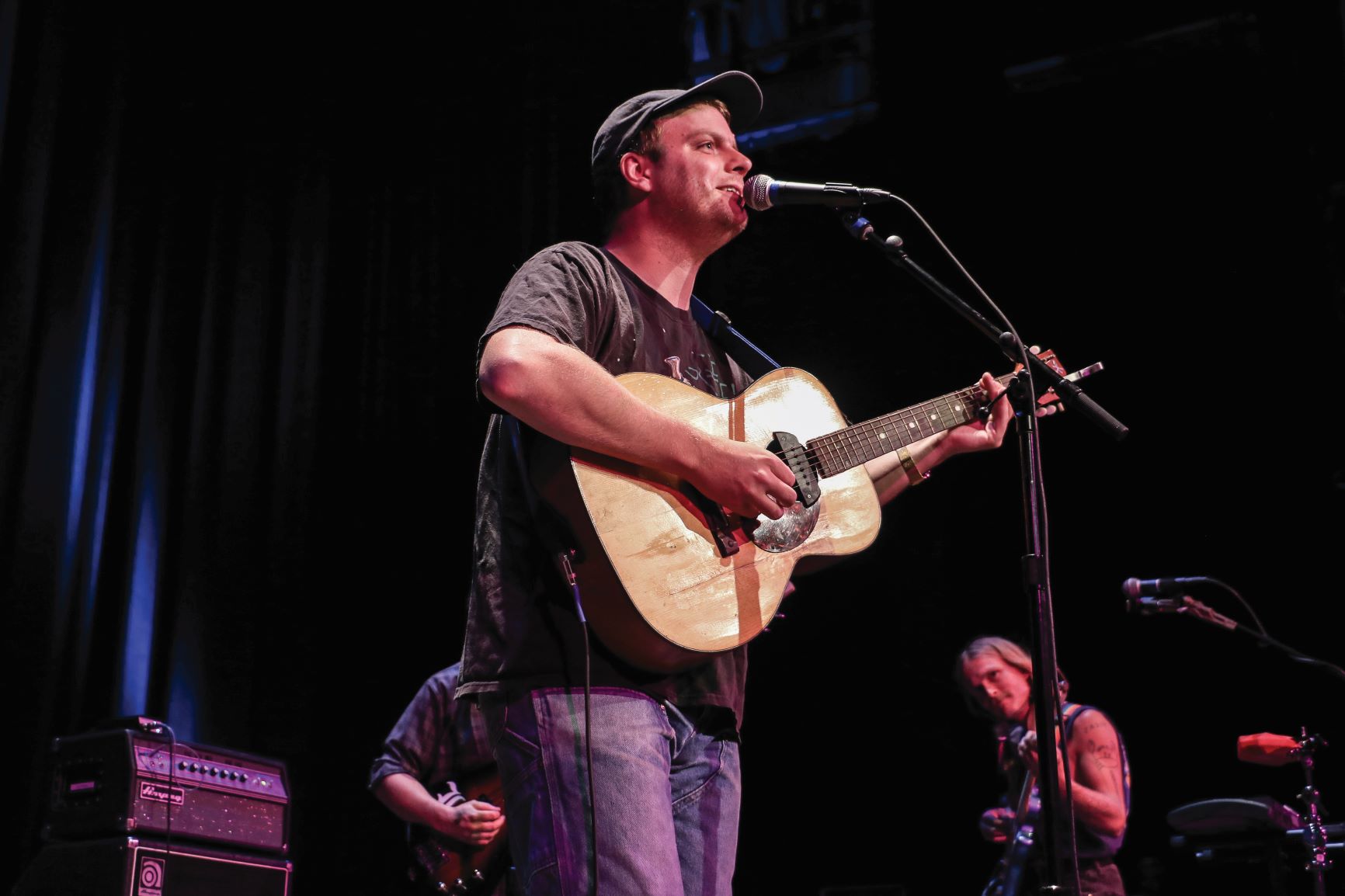Author Lawrence Lanahan discusses allyship, social responsibility
“Let knowledge serve the…dismantling of structural racism,” an alteration to Portland State’s current motto came from Urban Planning and Studies Associate Professor Lisa Bates at the end of a public talk with Lawrence Lanahan on Oct. 15, and in many ways the alteration is emblematic of the book Lanahan came to campus to discuss.
The Lines Between Us: Two Families and a Quest to Cross Baltimore’s Racial Divide, Lanahan’s first book, focuses on two families steeped in the systemic racism and class structures of modern Baltimore, tracing the “lines” back to the Fair Housing Act of 1968 in a narrative that touches on activists, the Supreme Court, real-estate developers and white supremacy. According to Lanahan, the book is a heavily researched, in-depth look at the forces that shaped Baltimore into the deeply divided and segregated place it is today, with vastly different standards of living and mortality rates for its Black and white residents.
Lanahan dates the beginning of his reporting on structural racism to Hurricane Katrina, which hit right as he started journalism graduate school at Columbia University. “I love New Orleans; it was a total race and class story, and I was like, ‘alright, while I’m here, I’ll write about race and class.” What followed was a series of freelance stories about the post-Katrina diaspora of poor Black residents, but the race and class beat stuck with Lanahan.
The book came following a year-long series he produced during his tenure at WYPR, Baltimore’s public radio station. The series, also called The Lines Between Us, reported on the factors that divided Baltimore’s residents into white and Black in modern times. The series was remarkable for its balance between guests who were outside policy experts and guests who were Baltimore residents experiencing the issue at hand.
Lanahan was adamant on this point. “It is not about feel-good stuff, it is: Are you decentering yourself, are you decentering whiteness, are you supporting Black people and Black communities?” he said. “We were an all-white staff on that show. I got money. I hired somebody Black.”
Lanahan’s work is also influenced by his own background. Raised in Bel Air—a well-off, predominantly white suburb in the Baltimore metro area—Lanahan recalled having a very foggy and mediated image of the city center as a dangerous place. Today, Lanahan and his family live in a diverse community in Northeast Baltimore City, which he said should be a model for more communities in the region.
Lanahan also briefly outlined the history of formal segregation in Baltimore up through the Fair Housing Act, using an illustrative doodle he drew on the whiteboard of Baltimore City and the surrounding metro counties. Professor Bates, alongside Lanahan, discussed larger themes behind segregation, using the Portland area specifically to engage Lanahan on the similarities and differences of the two regions when it comes to structural racism and inequality.
Lanahan argued that his book, while focused on Baltimore, could be applied to any metropolitan area in its analysis of power. “The key question is: who benefits?” Lanahan asked. He was also quick to note the dissimilarities between Baltimore and West Coast cities he’s touring, saying that West Coast cities are unique in the influx of jobs and lack of housing they face, whereas Baltimore faces countless foreclosed homes and little economic opportunity.
However, Lanahan argued that a common thread binds the issues across America: “The song remains the same, but different regions change the tune. So, what’s the song? I think it’s white supremacy.”
Lanahan’s book reflects the enormous amount of work left to be done to dismantle America’s systems of white supremacy, but it also shows there are many Black and white communities willing to put in the work and challenge the structures of power. Lanahan hoped the knowledge contained within his book will serve those looking to take on the responsibility of transforming the American landscape for the better.

